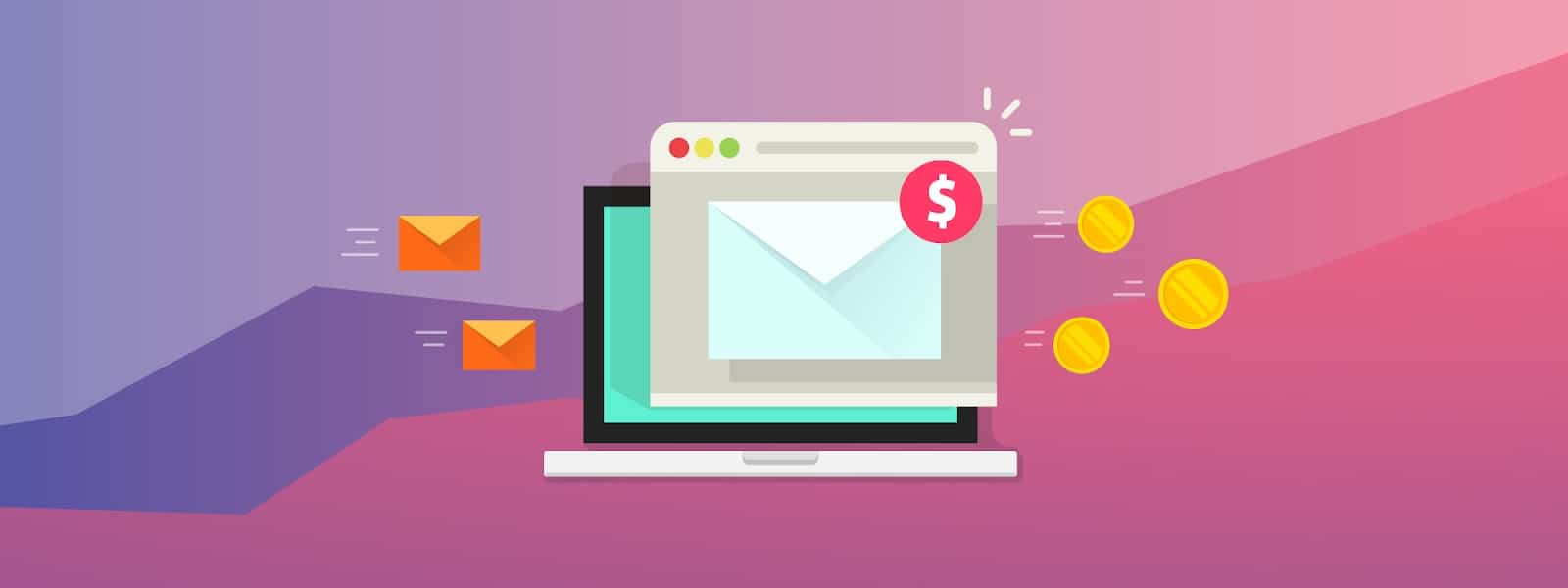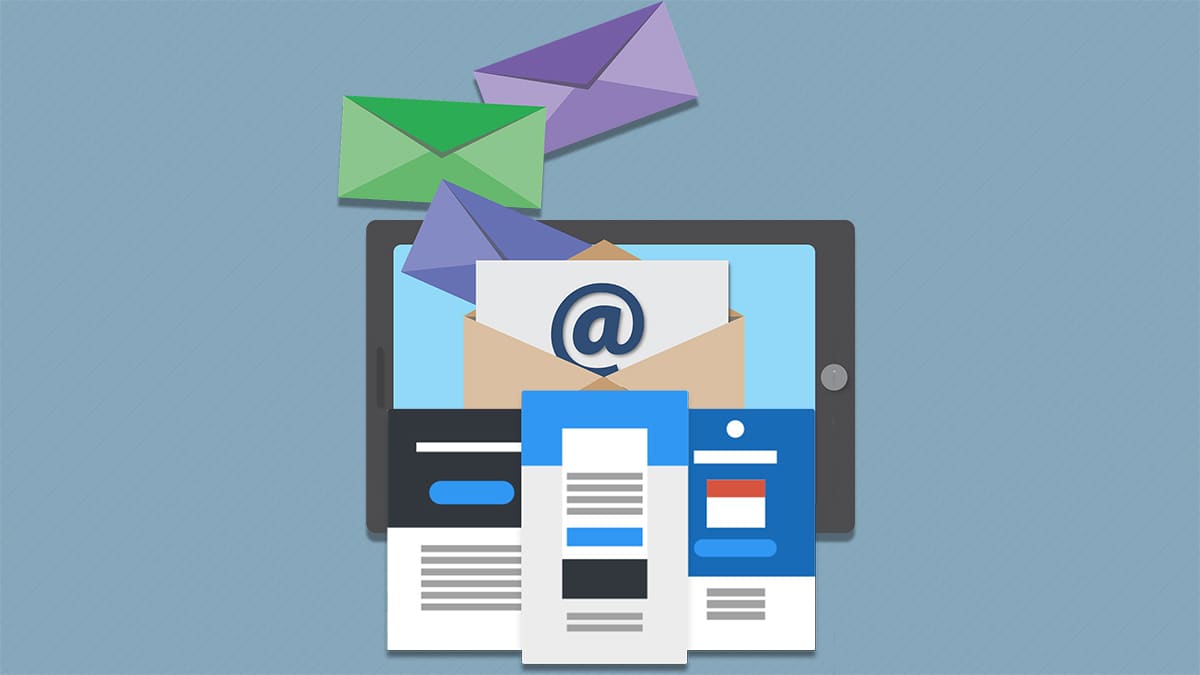You may think that it’s not a big deal to send anonymous emails. One may even think that simply by not putting one’s details, one is sending an anonymous email. But that’s not true because you are leaving behind a digital trail that can be easily traced back to you.

The desire to send anonymous emails may arise for different reasons, from expressing dissenting opinions in a politically charged environment to reporting wrongdoing within your organization. However, achieving true anonymity is a complicated endeavor, and this guide will show you how to properly send anonymous emails without getting caught.
What is an Anonymous Email, and What is Its Goal?
An anonymous email is one that does not reveal the identity of the sender. It does not contain any technical details or personal information that can trace the email back to the sender.
The objective of sending such emails is to protect the privacy of the sender and ensure confidentiality.
Approaches for Anonymous Email Communication
- Disposable email services
Disposable email services offer temporary email addresses that self-destruct after a specific time or upon receiving a particular number of emails. Guerilla Mail, ProtonMail, and TrashMail are some popular options you can consider.
Disposable email services are user-friendly and readily available. They offer a layer of anonymity by not linking your email to your primary address. However, these services have limited functionality. Emails may get flagged as spam because of their temporary nature. Also, data collection practices by the service provider might compromise your anonymity to some degree.
- Generating an alternative ID
If creating a disposable email address doesn’t solve your needs, you can consider using email generator services like Surfshark’s Alternative ID. You can create an alternative ID to subscribe to newsletters or log into new websites. Unlike disposable email services, the alternative address will not self-destruct. You can use the email address for as long as you want. While creating your new email address that is different from your primary one, you can even create a new persona by inserting your preferences for gender, country, birth date, and age. The proxy address can be changed anytime you want. You can also safely forward emails from this address to your primary one.
The benefit of using an email generator service is that the temporary email address is combined with IP address masking so that you can enjoy greater anonymity. However, you have to pay a subscription fee for this service. Also, the availability of such a service is dependent on the provider.
- Burner email
Similar to cheap prepaid phones used in shows like Breaking Bad and The Wire, burner emails are temporarily used and then quickly disposed of. They either enable you to send a message without registering an account or expire after a fixed period.
You can fight spam using burner emails by using them to register on shady websites. However, there is a drawback. It can be extremely tricky to reset your account registered on a burner email if you forget your password.
- Use VPN
You can use a VPN to encrypt your Internet traffic and hide your IP location so that the email you send cannot be traced back to you. VPNs offer a significant layer of anonymity, and the popular VPNs you can use are CyberGhost, NordVPN, ExpressVPN, and Surfshark.
VPNs enhance security and hide your IP address so that it becomes difficult to trace the origin of the email. However, using a VPN requires a subscription fee.
- Using the Tor network
The Tor network is a decentralized, free network that anonymizes your traffic by routing it via multiple relays that are operated by volunteers across the globe. This complicated routing system makes it difficult to track the source of the email. But this network comes with its set of drawbacks that you must consider.
For instance, the complex routing process slows down the Internet speed, and also it can be complicated to set up and use the network correctly. The network is typically used for illegal activities and, hence, raises a red flag.
- Email anonymizer services
These services act as intermediaries. They receive your email and then strip all the identifying information like your IP address. Once this is done, it forwards the email anonymously to the recipient.
However, using this service is not without its risks. These services might be compromised or unreliable. They may even expose your email content or inject it with malware.
Important Factors To Consider Before Hitting Send

The anonymous email sending methods mentioned above are a good start, but you must remember that nothing is 100% anonymous. Hence, it is critical to remember the following factors before hitting send:
- The content of your email can also be used as a fingerprint. The content might even raise red flags even if you are sending it using any of the anonymous methods mentioned above. So, you must always avoid including sensitive information that can be directly traced back to you. You must only focus on factual communication and do not use personal language that can be easily identifiable.
- It can be risky if you are sending attachments with anonymous emails. These files might contain embedded metadata that may reveal your information, such as the computer the email was sent from or the software that was used. However, if you have to send attachments, ensure to scrub the metadata before hitting send.
- You must avoid writing easily identifiable subject lines and must also change your vocabulary and writing style. These can potentially trace the email back to you.
- You must find out the legal implications of sending anonymous emails because the laws vary depending on the region. So, before sending such emails, know the law.
The Bottom Line
So, as you can see, it is possible to send anonymous emails. But it is not 100% foolproof. You must weigh the potential risks and consequences before proceeding.
Have you sent anonymous emails before? Please share your experience and the services or methods you have used so you can help others.